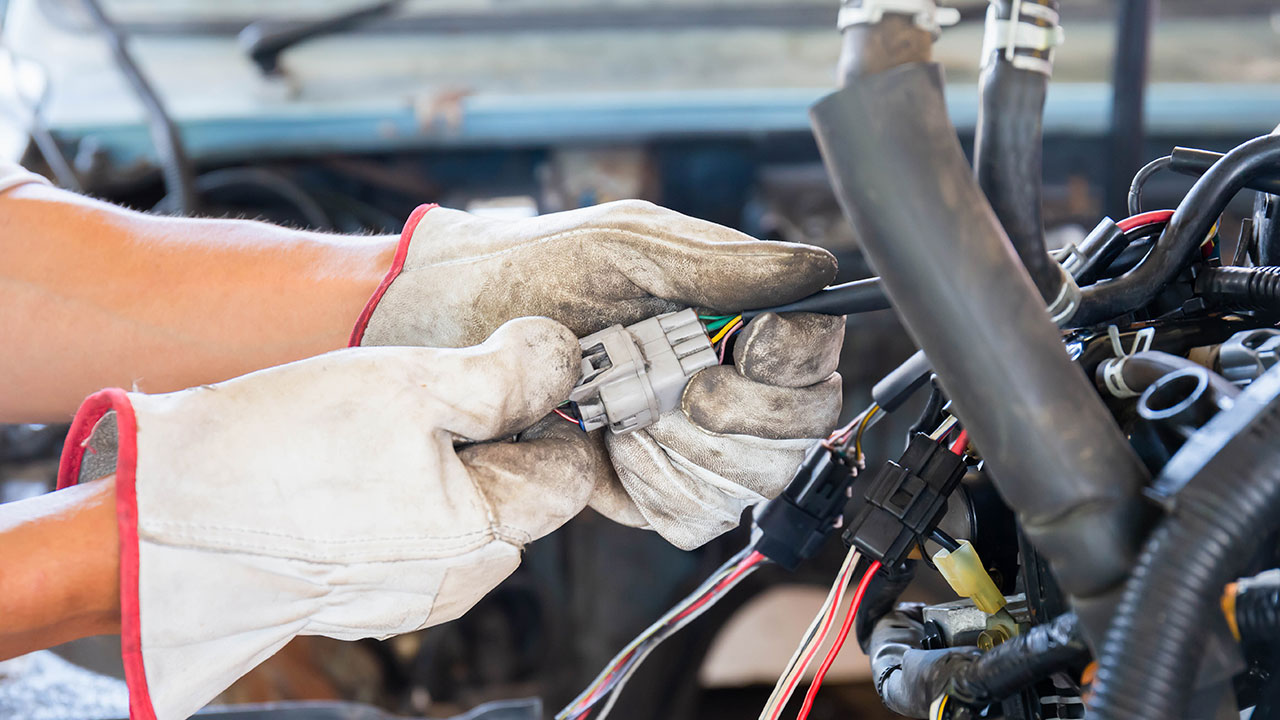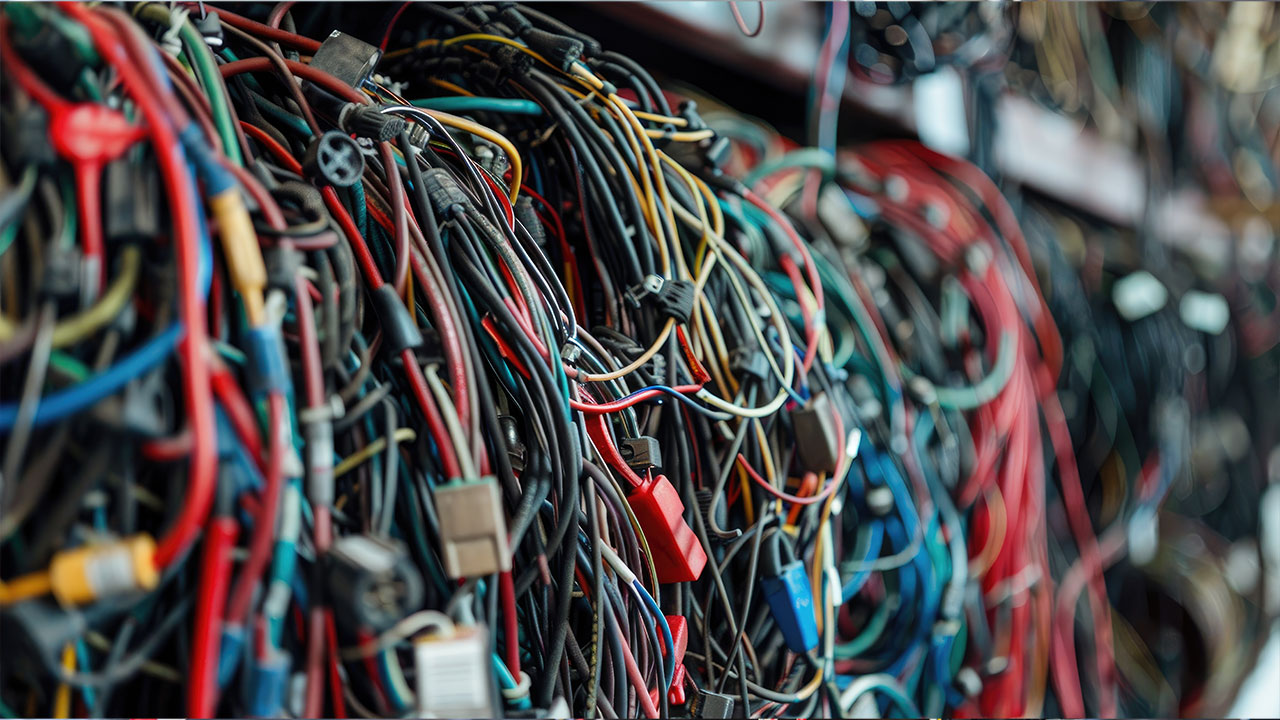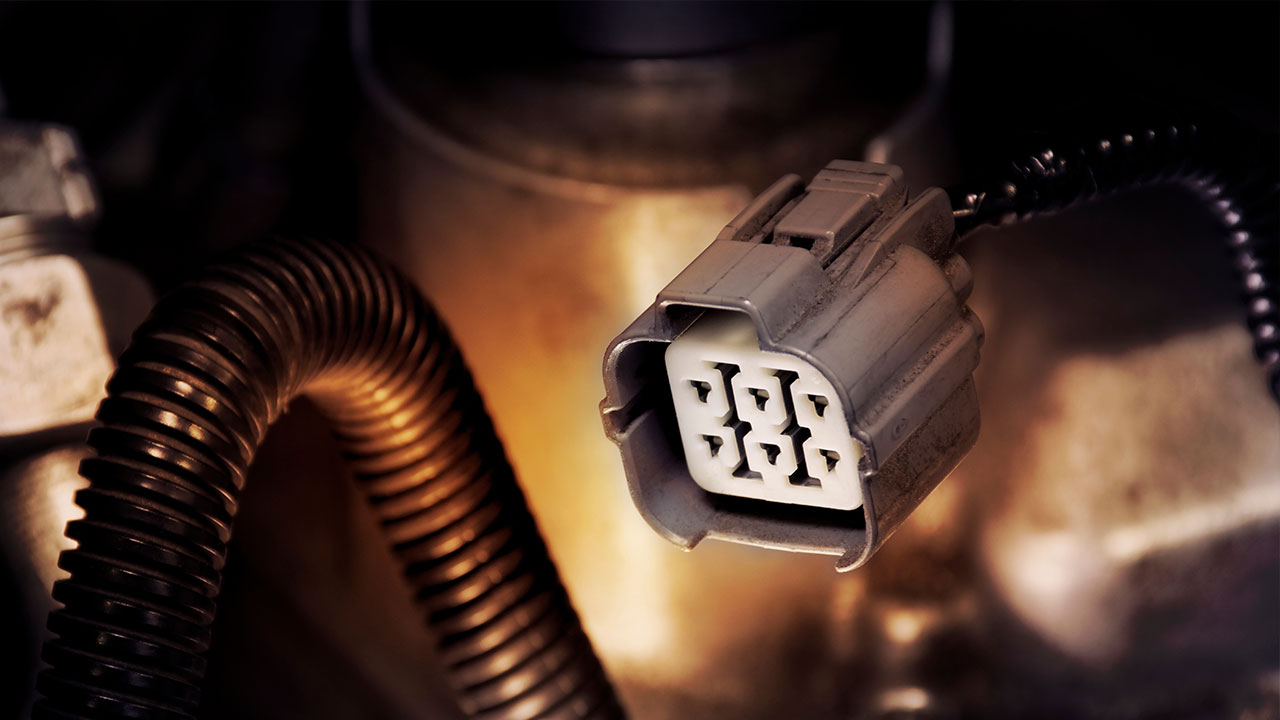What you need to know about OEM vs Aftermarket Pigtail Connectors
When performing automotive electrical repairs, selecting the right connector can significantly affect the durability of your repair. One of the most common decisions repair professionals encounter is whether to choose OEM (Original Equipment Manufacturer) connectors or aftermarket replacements.
Both options have their roles in the industry, but understanding the differences and knowing when to use each type can help save time, minimize failures, and enhance the overall quality of repairs.
What Are OEM Connectors?
OEM connectors are manufactured by the same company that produces the vehicle's original parts. They are made to meet strict factory specifications, ensuring precise fitment and reliable performance.
✅ Advantages of OEM Connectors:
- Guaranteed exact fit eliminates compatibility issues.
- Manufactured with original materials and tolerances.
- Designed for optimal performance and durability in the vehicle's environment.
- Often required for warranty or dealership repairs.
❌ Downsides of OEM Connectors:
- Higher cost than aftermarket alternatives.
- Availability issues—some connectors may be on backorder or discontinued.
- Limited customization—OEM parts are built to exact factory specs, which may not suit every repair scenario.

Pro Tip: OEM connectors are your best bet if you need a direct replacement without worrying about modifications. For an exact match, browse OEM-rated pigtails and connectors at FindPigtails.com.
What Are Aftermarket Connectors?
Aftermarket connectors are produced by third-party manufacturers to replace OEM connectors. These connectors can vary from direct-fit alternatives to universal options that may need minor adjustments.
✅ Advantages of Aftermarket Connectors:
- Lower cost: often significantly cheaper than OEM.
- More available: no dealership dependency or long wait times.
- Customizable: some aftermarket options allow for modifications to suit specific needs.
❌ Potential Issues with Aftermarket Connectors:
- Inconsistent quality: some aftermarket brands use lower-grade materials or looser tolerances.
- Fitment challenges: even "OEM-style" connectors may slightly differ in size or locking mechanisms.
- Performance concerns: cheap aftermarket options can lead to poor connections, electrical shorts, or failures over time.
Pro Tip: Always verify part numbers and specifications when choosing an aftermarket connector. Check out FindPigtails.com to compare OEM-style and aftermarket solutions to ensure a proper fit.
How to Choose Between OEM and Aftermarket Connectors
Understanding when to use OEM parts versus aftermarket parts is essential for collision repair professionals, fleet technicians, and DIY mechanics. Here’s a detailed guide on when to select each option:
🛠 Use an OEM Connector When:
✔ The repair involves a critical safety system (e.g., airbag connectors, ABS sensors).
✔ The vehicle is under warranty, and you need a factory-approved part.
✔ You want guaranteed fitment with no modifications.
✔ You're dealing with a high-voltage or CAN-bus system, where precision is essential.
💡 Use an Aftermarket Connector When:
✔ The OEM connector is discontinued or unavailable.
✔ You're working on older vehicles where OEM isn't cost-effective.
✔ The connector is in a non-essential system (e.g., auxiliary lighting, aftermarket accessories).
✔ You're confident in the quality and can verify fitment before installation.
Pro Tip: Before buying any pigtail connector, compare your old one with a replacement. Use the FindPigtails.com photo upload tool to find an exact match in seconds.
Avoiding Common Connector Replacement Mistakes
Even with the right connector, improper installation can lead to issues. Keep these best practices in mind:
🚫 DON'T:
- Assume all aftermarket connectors are plug-and-play. Always test fit before finalizing the repair.
- Cheap knockoff connectors from unverified sources are used but often fail under heat, vibration, or moisture exposure.
- Overlook wire gauge compatibility and ensure the connector terminals are rated for the proper amperage.
✅ DO:
- Use a proper crimping tool to avoid loose connections.
- Apply dielectric grease to prevent corrosion in weather-exposed areas.
- Test for continuity and proper voltage before finishing the repair.

Recommended Read: Learn more about diagnosing and fixing faulty connectors in our troubleshooting guide.
Which One is Right for You?
Many automotive repair relies on both OEM and aftermarket connectors. OEM connectors ensure guaranteed compatibility, while high-quality aftermarket options can be affordable and effective alternatives. It's important to make an informed choice based on the specific vehicle application, availability, and repair requirements.

🚀 Need help finding the right connector?
Browse FindPigtails.com to search by pin count and vehicle type (make/model/year), or quickly upload a photo to find the right connector today.
At FindPigtails.com, we understand that quality matters, especially regarding automotive electrical repairs. Our connectors are built to meet or exceed OEM specifications. Every connector we carry is designed with the professional technician in mind, using:
- High-quality terminals and seals for secure, moisture-resistant connections
- Durable wiring matched for correct gauge and flexibility
- Precision-engineered housings that ensure reliable fitment
We're here to help you make repairs that last as long as the original without compromising performance or safety.
Whether working on a sensor, airbag system, headlight, or fuel pump, you can count on FindPigtails.com to deliver pigtail connectors that keep your work up to industry standards and your customers on the road worry-free.

